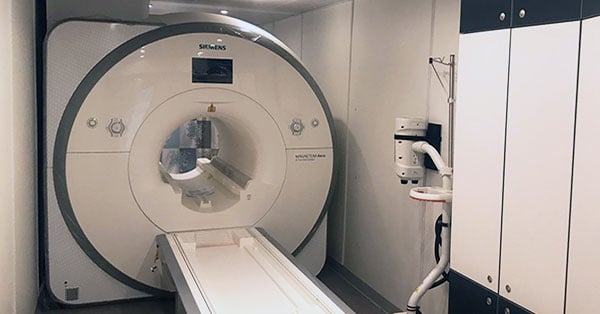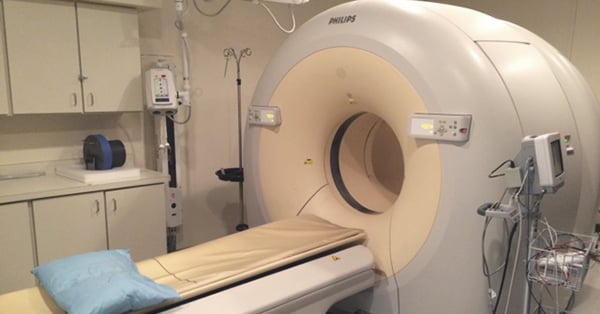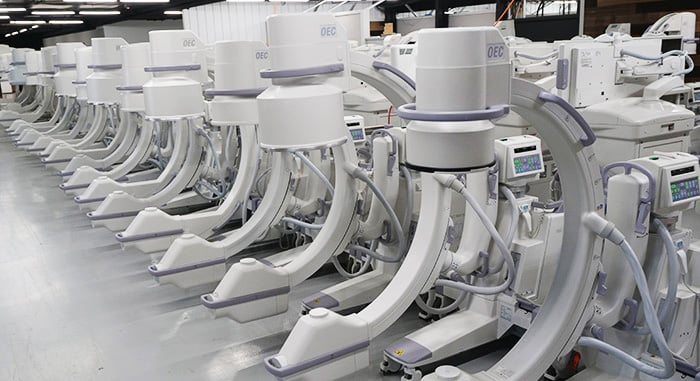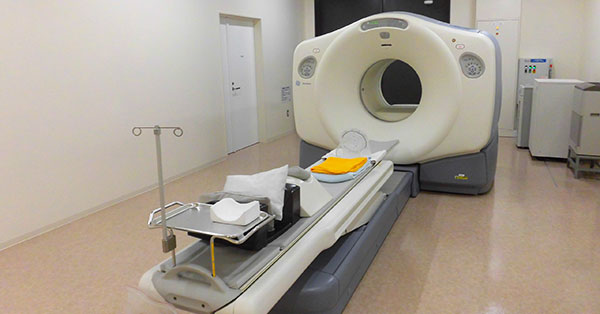
If you're preparing for the installation of an MRI scanner at your facility, you're also preparing for the installation of MRI shielding. As you begin this preparation, the question arises: "Which type of shielding do I need?"
There are two types of shielding to become familiar with: Copper Shielding and Galvanized Steel Shielding. There are pros and cons to using either of them.
Below we'll cover the differences between copper and galvanized steel shielding from cost, sealing, and speed of installation. We'll also cover overall performance, and which choice may be best for your MRI scanner.
What is RF Shielding?
RF shielding is necessary to prevent interfering RF-waves from entering or leaving the scanning room. RF prevents the noise of radio frequency from entering the MRI scanner and distorting the image. It also serves to prevent electromagnetic radiation from causing interference in nearby medical devices.
Copper vs. Galvanized Steel
Price Difference
Copper shielding is the more expensive option out of the two. Copper will run approximately $35,000 in labor and material. Galvanized Steel shielding, on the other hand, comes in at approximately $17,500 in labor and material.
Sealing
Copper seams are covered completely by soldering. This provides a tight seal and high structural integrity.
Galvanized Steel seams are typically screwed together. Because of this, they are more prone to leakage and should be checked carefully every three years during recertification testing.
It is important to note the zinc in galvanized steel will corrode if the shield is exposed to excess moisture.
Speed of Installation
Copper will take approximately 6 to 8 days to install, and Galvanized Steel will take approximately 3 to 4 days to install. Installation timelines will vary depending on the availability of materials and the contractor you are working with.
Flexibility
A copper shield cannot be reinstalled. However, a substantial portion of the original material cost can be recovered by scrapping it.
Though galvanized steel is extremely heavy and difficult to move, the screwed-together seams of a steel shield make them movable from site to site. Bear in mind though, even slight differences in specifications between two sites can defeat intentions to reuse an RF shield.
Do I choose Copper or Galvanized Steel Shielding?
In terms of overall performance, Copper and Galvanized Steel function with similar effectiveness if they are installed, tested, and maintained correctly.
If you’re looking for a solution that is more affordable but will still function reliably, you may want to choose galvanized steel. However, you’ll have to monitor it much more closely and pay for repairs more frequently.
If you’d prefer to pay a bit more to avoid the hassles of additional repairs, copper is the right choice.
The Takeaway
There are pros and cons to both Copper and Galvanized Steel shielding. Which one you choose will ultimately depend on your budget, and your willingness to go the extra mile to monitor for repairs.
Our MRI experts are here to help with your MRI project! Contact us today, and browse our extensive list of MRI blogs, eguides, and videos in our Learning Center.

Steve Rentz
Steve Rentz is the Product Manager for MRI Scanners at Block Imaging. Steve's goal is to earn each customer's trust and business by specifically addressing the needs of their unique project. When Steve is not helping customers with their MRI needs, he enjoys running, swimming, and woodworking.





